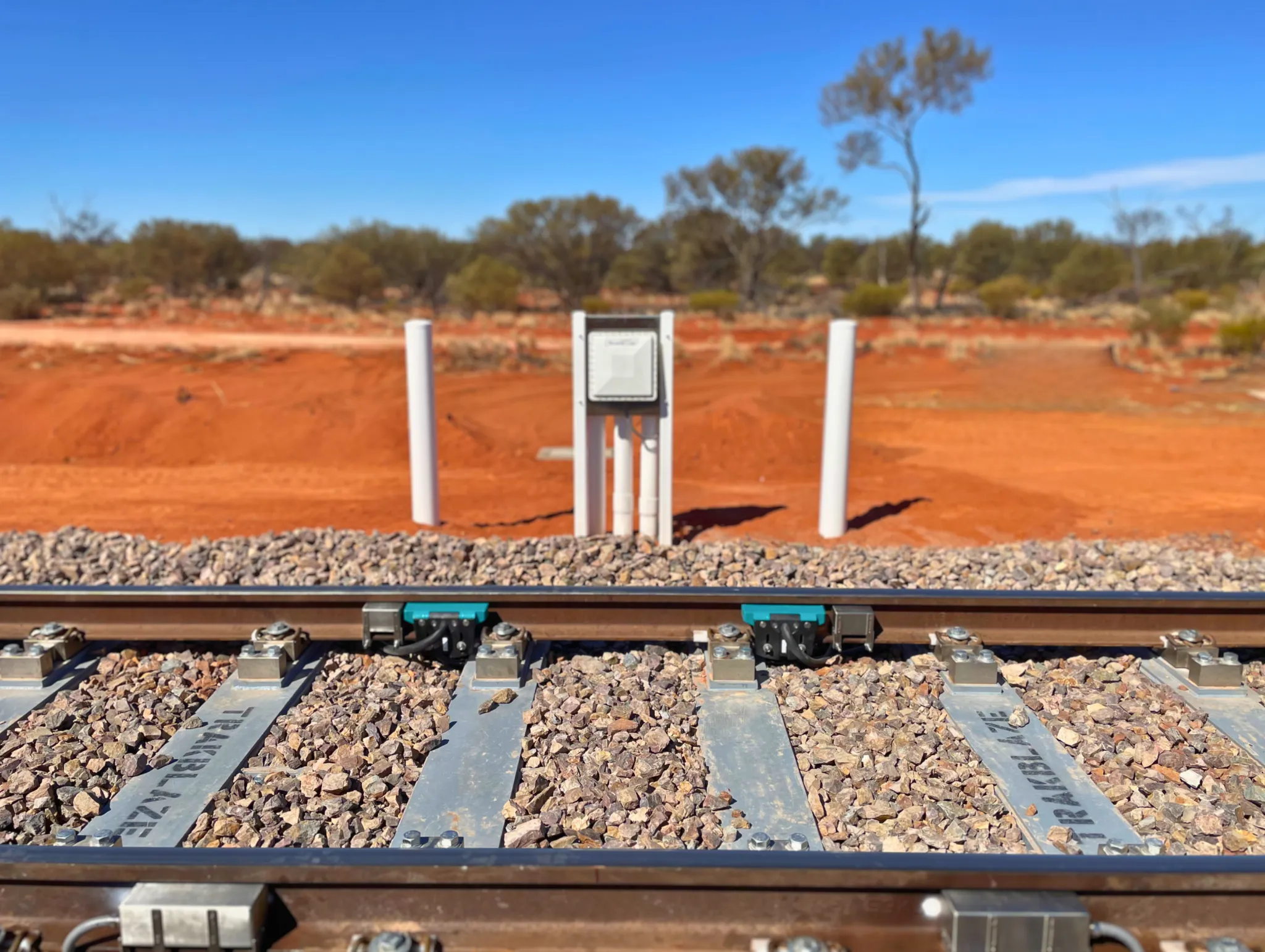At a glance:
- Integration of volumetric scanning and weighbridge technology optimises payload monitoring and minimises carryback, boosting profitability.
- These systems pinpoint common issues like overloading and incorrect shovelling, mitigating safety risks and reducing maintenance costs.
- Together, volumetric scanning and weighbridges form the foundation of intelligent mine weighing, offering precision, efficiency, and cost-effectiveness for mining operations.
In modern mining operations, optimisation has become imperative. Collaborations between mining operators, contractors, and technology firms foster a shift towards intelligent mining, where efficiency and profitability converge through innovative approaches.
At the heart of this transformation lies the haulage process, particularly the challenge of efficiently transporting vast quantities of loose bulk materials around the clock.
Amidst this quest for operational excellence, the integration of volumetric scanning and weighbridge technologies emerges as a game-changer. By harmonising these advanced systems, mining enterprises can unlock unprecedented levels of productivity and profitability. But what exactly does this integration entail, and how does it revolutionise the haulage process?
Why do you Need Volumetric Scanning and Weighbridge Technologies?
Volumetric scanning and weighbridge technology represent a paradigm shift in managing mining haul trucks and rail wagons. Gone are the days of cumbersome and inaccurate loading procedures. Instead, operators now possess the tools to load vehicles precisely without risking overload while simultaneously identifying and addressing carryback on the return journey.
Every mining endeavour hinges on the relentless pursuit of increased production efficiency without compromising accuracy – a delicate balancing act that directly impacts profitability. Yet, achieving this balance is more complex. Weighing items in motion demands specialised expertise and cutting-edge solutions, a rare combination only a few companies worldwide can offer.
Enter Trakblaze Pty Ltd, a renowned pioneer in global mining and rail sector precision weighing systems. With an unwavering commitment to innovation, Trakblaze has embraced the era of intelligent mining by providing operators with comprehensive solutions.
Trakblaze empowers mining enterprises to optimise their fleet management processes with unparalleled accuracy, speed, and reliability through the fusion of real-time volumetric laser scanning and advanced load cell-based weighbridge technology.
In today’s landscape, mining operators leverage intelligent systems to gain deeper insights into their operational practices. The marriage of weighing and measuring technologies allows them to seamlessly visualise and accurately assess every facet of the loose bulk haulage process – from pit to load-out – at unprecedented speeds.
Volumetric scanning and weighbridge integration are pillars of efficiency and profitability in this new era, ushering in a transformative age of intelligent mining.
How do you maximise the efficiency of mining haul trucks?
Mining haul trucks are big machines designed to withstand a large mass load that delivers loose bulk material from point A to point B and repeats.
However, mining haul trucks are inherently highly costly. Although hauling loose bulk loads may seem simple, obvious load restrictions and maintenance scheduling issues must be complied with to ensure they run efficiently.
Too often, in the endeavour to increase their bottom dollar, mining companies unknowingly compromise their profitability through either;
- Poor practices.
- Overloading (increasing safety and maintenance costs).
- Slow transition of weighing autonomous / driver-assisted fleet of mining haul trucks.
The efficient use of each truck can be vastly improved by maximising the volume of loose bulk material that the tray can carry without overloading the truck, all whilst maintaining higher consistent speeds from point A to point B.
Enhancing Mining Efficiency with Volumetric Scanners
The development of laser volumetric scanning technology now makes it possible to measure the in-situ volume of individual mining haul trucks and then directly report this to a remote mining operations centre or a manned station in real time.
Passing beneath a laser head, each mining haul truck tray is scanned and referenced by sophisticated software, resulting in a volume estimation generated by 3D profiles and numerical references.
A volumetric estimate is obtained by subtracting the 3D surface of the empty tray from the 3D surface of the whole tray. Although this is theoretically simple, it requires significantly complex mathematical algorithms to calculate the individual vehicle, known speed, orientation of each tray, and comparison of an empty tray model whilst analysing the loaded mining haul truck.
The additional benefit of volumetric scanning is the ability to match the shovel sizing and positioning against the volume in each mining haul truck tray and establish the most efficient combination. The perfect match will ultimately result in:
- More excellent Load Distribution by characterising the centre of gravity of each load.
- Improved Shovel-profiling, used to estimate tray utilisation.
- Reduced Maintenance & Safety Costs associated with overloading.
Whilst volumetric scanning is the new era of improved efficiencies in mining technology, it is, however, unpredictable in translating accurately reliable weighting measurements of mining haul trucks, owing to the loose bulk material environmental changes in density and moisture composition.
To overcome these volumetric weighting inaccuracies, a reliable and industry-proven weighbridge is still the most effective operational measuring device, as even onboard mining haul truck weighing systems require a weighbridge for comparison, validation and certification.
The Crucial Role of Weighbridges in Optimising Mining Operations
A volumetric scanner and an accurate mining haul truck scale are optimal and invaluable measuring instruments. Both are essential when considering best practices in processing the mining and haulage of loose bulk loads.
Indeed, an accurate and industry-proven reliable weighing system is essential for all mines’ operational efficiency, cost control, regulatory compliance, and profit management.
Most mining sites will inevitably have a weighbridge; they are undoubtedly crucial to the mining industry. But why are weighbridges the unsung backbone to understanding mine haulage operations?
Nowadays, quality and accurately proven industry weighbridges provide exact weight data, including portable mining weighbridges like Trakblaze’s Force 2&4 – Mining Truck Scale . Force 2&4 offer both static and dynamic weight measurements.
Role of Trakblaze’s FORCE 2&4 in Optimising Mining Operations
FORCE 2&4 – Mining Truck Scales are modular, allowing for additional and critical information, such as individual wheel loads, to be shown. This is priceless data when comparing volumetric scanning data in identifying load imbalances.
Load imbalances are quiet and often unseen discrepancies that cause safety concerns and increase unnecessary vehicle componentry stress, eventually leading to failure, downtime and unsightly costs.
Having more accurate weight data means you can keep closer track of your payloads, obtain precise measurements of incoming and outgoing materials, and maximise the load capacity of mining haul trucks without overloading.
Moreover, Trakblaze’s Force 2&4—Mining Truck Scale offers both static and in-motion weight measurements. Static weighing ensures accurate weights when the truck is stationary, while in-motion measurement allows for weighing while the vehicle is moving, optimising operational efficiency.
This dual capability (static and dynamic weighing feature) helps businesses streamline processes, enhancing productivity and resource management. Whether it’s measuring loads at rest or on the move, Trakblaze’s technology provides versatile solutions for businesses aiming to maximise their operational potential.
Thanks to software and technological advances, mining weighbridges, such as the FORCE 2&4 by Trakblaze, can reliably and accurately weigh mining haul trucks at more incredible speeds, up to 12kph or 7.5mph. Accurately weighing total truck, axle and individual wheel weights at this speed has yet to be achievable by any other scale company.
Trakblaze’s FORCE 2&4 mining haul truck scales can reliably and accurately weigh mining haul trucks at incredible speeds.
Furthermore, mining weighbridges can be customised to provide the best solution for your site, irrespective of site conditions. The bolt-on accessories now available for weighbridges are almost endless, including Radio Frequency Identification (RFID), LED weight displays, traffic lights, boom gates, and light automation.
Mining weighbridges are commonly installed in the ground; however, many mine sites also operate with above-ground weighbridges. Environmental factors and operational requirements typically resolve the preference for weighbridge installation. Owing to the management of loads constantly travelling across weighbridges, they are usually constructed of heavy-duty steel to sustain the magnitude of mass load weight.
A commonly overlooked issue regarding mining weighbridges is its nemesis – dust and water. Dust & water ingression is usually the most extraordinary demise of any weighbridge as it can harm accuracy and or catastrophically incapacitate the weighbridge should electronic components be compromised. It is essential to overcome this by understanding the product itself, considering IP Ratings, dust / waterproof enclosures for componentry, the site location, environmental factors and water drainage and runoff.
In conclusion, real-time truck and rail volumetric scanning, coupled with weighbridge scale technology, represents the pinnacle of measuring systems for accurately monitoring payloads and carryback, thereby enhancing profitability in mining operations.
Beyond mere operational efficiency and payload precision, integrating these systems also pinpoints prevalent issues such as overloading, incorrect shovelling, and load profiling. If left unaddressed, these issues can pose significant safety risks, accelerate component stress and fatigue, and ultimately inflate maintenance expenses.
Together, volumetric scanning and mining weighbridges form the cornerstone of intelligent mine weighing, providing a harmonious blend of precision, efficiency, and cost-effectiveness to propel mining operations towards unparalleled success.




